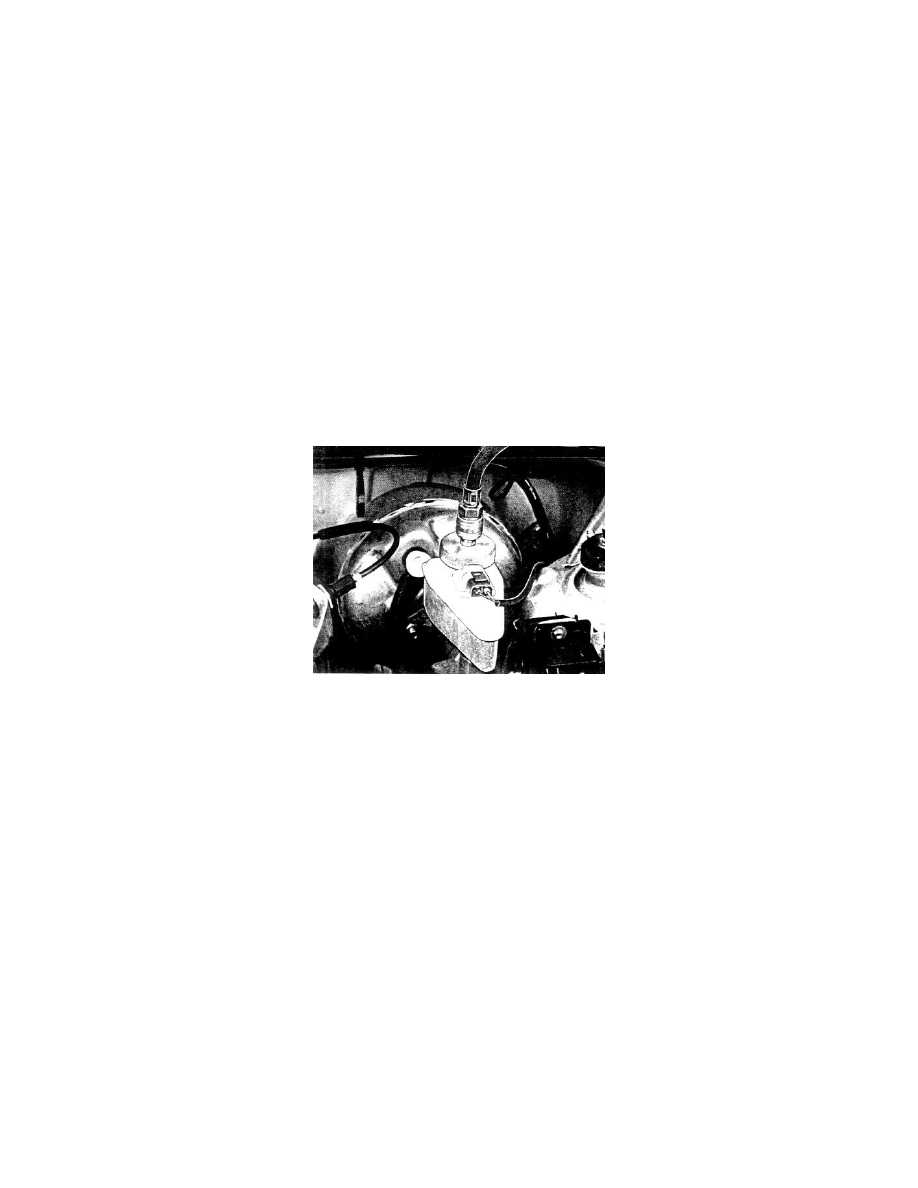940 L4-2.3L SOHC VIN 88 B230F (1992)

Brake Bleeding: Service and Repair
BLEEDING OF BRAKES
Normal mechanical bleeding is usually sufficient when reconditioning or replacing a brake caliper. In this case, the brake pedal must be depressed
throughout the operation to ensure that the system is not drained of fluid. A bleeding unit must be used if the system has been drained either wholly or
partially.
In other bleeding operations and when changing the fluid, a bleeding unit which pressurizes the system to 2-3 bar (29-44 lb/in2) must be used.
Use only genuine Volvo brake fluid with the designation DOT 4+. Never re-use drained fluid. Always store fluid in the original container, tightly sealed.
Note: ABS systems take longer to bleed than conventional systems.
A1
- Switch off ignition.
- Jack up and support car.
- Clean brake fluid reservoir and cap before removing cap.
A2
- Connect bleeding unit to brake fluid reservoir.
- Follow supplier's instructions regarding connection and operation of unit.
A3
- Operate brake pedal:
‹› Operate pedal several times to expel any air bubbles in master cylinder.
Note: This should be carried out between each bleeding operation on the particular caliper.
A4
- Bleed calipers in following order:
‹› Cars with ABS, models to 1987 inclusive:
-
Bleed one front wheel, second front wheel and rear wheels in that order.
‹› Cars without ABS, and 1988 or later models with ABS:
-
Bleed one rear wheel, second rear wheel and front wheels in that order.
A5
- Bleeding of front brake calipers:
